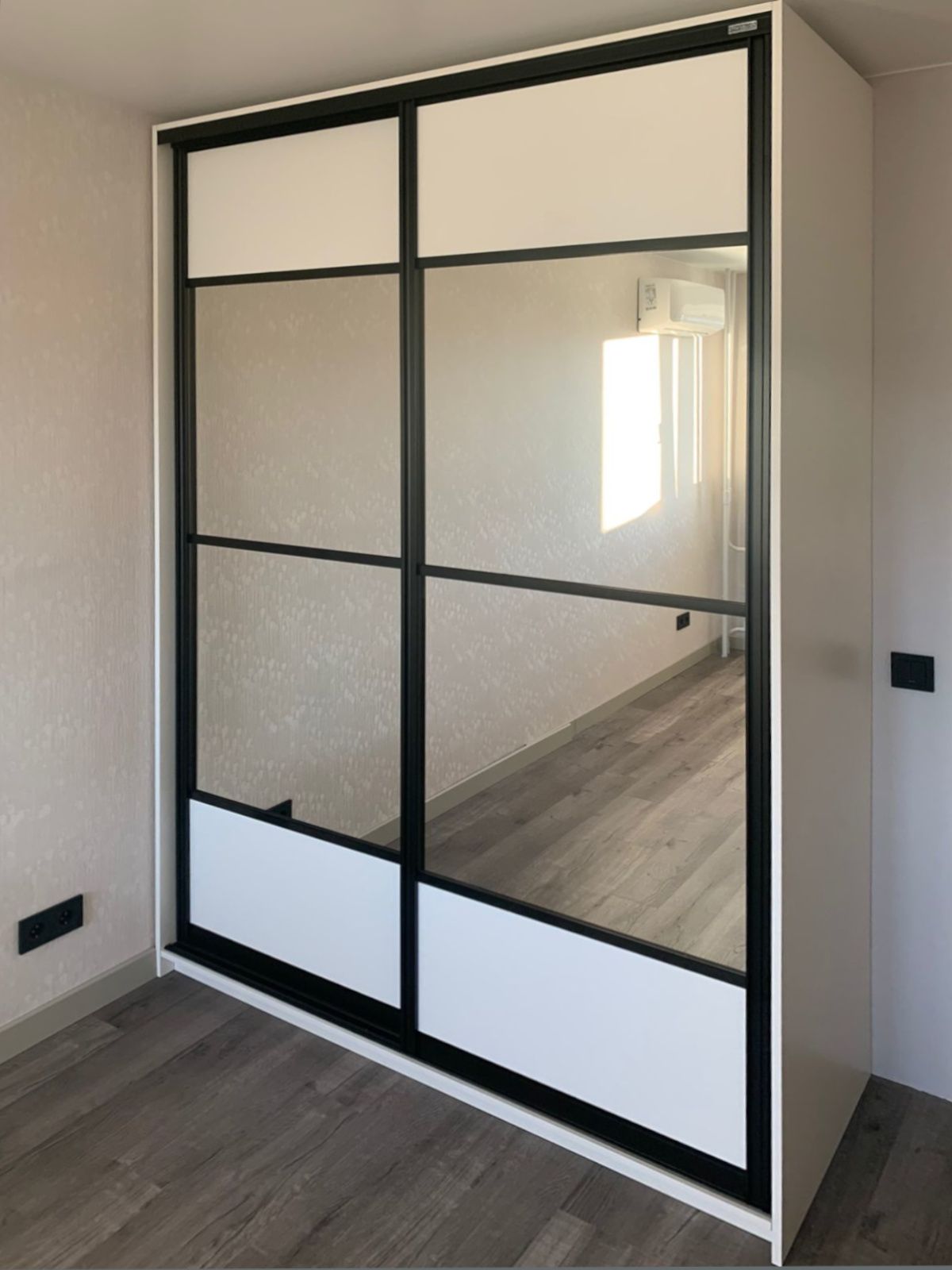
Mastering Chic Kitchen Designs
Understanding the Aesthetics of Chic
Before delving into the practical elements of chic kitchen designs, it's crucial to understand what 'chic' embodies. 'Chic' refers to a style that is elegant and stylish while maintaining simplicity and functionality. A chic kitchen should not only be visually appealing but also practical, catering to the needs of its users with ease. The aesthetics of chic often involve a color palette that is neutral or consists of understated hues, clean lines, and a blend of textures and materials that add a touch of sophistication without overwhelming the senses.
The Color Palette: Building a Foundation
A critical starting point for any chic kitchen design is the color scheme. Neutral tones such as whites, greys, and beiges serve as a perfect backdrop, creating an airy and timeless feel. These shades not only make the space feel larger and more open but also provide a canvas for you to introduce accent colors through accessories and appliances. For those looking to incorporate color, consider muted tones or pastels that can complement the neutral base without compromising the chic aesthetic.
Materials and Finishes: Mixing Textures and Surfaces
The choice of materials and finishes plays a substantial role in achieving a chic kitchen design. Combining different textures such as smooth marble countertops, matte cabinetry, and brushed metal fixtures can add depth and interest to the kitchen. Natural materials like wood can introduce warmth, while glass and metal elements offer a modern touch. It's about finding the right balance and ensuring that each material complements the other without creating a cluttered look.
Functional Layout and Clean Lines
A chic kitchen is as much about form as it is about function. A well-thought-out layout that considers the 'kitchen triangle'—the placement of the sink, stove, and refrigerator—is essential. Maintaining clean lines through the use of handleless cabinetry or integrated handles can contribute to a streamlined look, further accentuating the chic style. Open shelving or glass-front cabinets can be incorporated to display curated kitchenware, adding personal character to the space.
Lighting: The Key to Ambiance
Good lighting is key to any kitchen design, but in a chic kitchen, it also serves as a design element. Incorporating layers of lighting with a mix of overhead, task, and accent lights can bring the kitchen to life. Pendant lights over an island or a dining area can serve as statement pieces, while under-cabinet lighting can highlight backsplash details and provide practical task lighting.
Accessorizing with Elegance
Accessories are the finishing touch in mastering chic kitchen designs. However, the chic approach calls for a less-is-more philosophy. Choose high-quality items that function well and look good but avoid overcrowding. A few well-placed plants, a fruit bowl, or artisanal breadboards can add a touch of elegance without detracting from the overall design. Metallic touches in the form of gold, brass, or copper drawer pulls and light fixtures can inject a hint of luxury.
Maintaining Cohesion with Appliances
Modern appliances have become more seamless and design-conscious, making it easier to integrate them into a chic kitchen without breaking the aesthetic. Opt for built-in appliances where possible to maintain clean lines, and choose finishes that match your design scheme. Stainless steel appliances are a popular choice, as they offer a sleek, professional look that complements most color palettes and materials.
Conclusion
Mastering chic kitchen designs involves a fusion of style, simplicity, and functionality. By judiciously choosing your color palette, materials, layout, lighting, accessories, and appliances, you can create a space that is both stunning and practical. Remember, the hallmark of a chic design is its timeless elegance; as trends come and go, a chic kitchen will remain stylish and sophisticated, welcoming you with its understated charm for years to come.